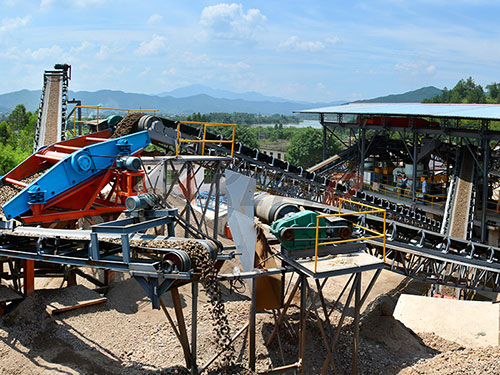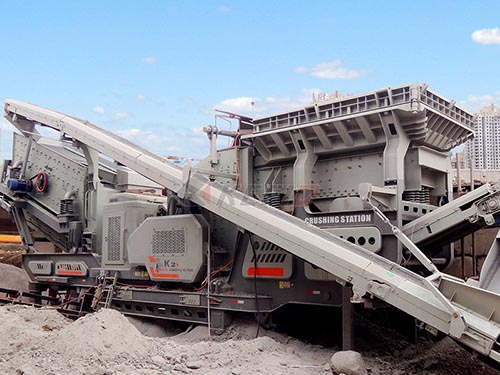Beyond Squats: Building Strong Glutes Through Smart Training

The quest for stronger, more sculpted glutes is far from new, but the sheer volume of information – and misinformation – online can be overwhelming. While catchy phrases like “Squashing Butt Crush” might grab attention online, achieving significant glute development requires moving beyond gimmicks and focusing on fundamental training principles applied consistently.
The glutes – maximus, medius, and minimus – are powerful muscles crucial for posture, hip stability, athletic performance (running, jumping), injury prevention (especially knee and lower back issues), and yes, aesthetics. Targeting them effectively means understanding how they function: primarily hip extension (thrusting forward), hip abduction (moving leg away from midline), and hip external rotation.
Why Just Squats Aren’t Enough:
While barbell back squats are a fantastic compound exercise engaging the entire posterior chain including the glutes, they often don’t provide maximal isolated tension on the glutes themselves for many individuals due to biomechanics or mobility limitations.
The Pillars of Effective Glute Training:

1. Hip Extension Dominance: Exercises where the primary movement is driving your hips forward against resistance are king.
Barbell Hip Thrusts: Often considered the gold standard for pure glute activation under load.
Glute Bridges: Excellent bodyweight or weighted variations targeting extension.
Deadlift Variations: Romanian Deadlifts (RDLs) place enormous stretch and tension on the glutes and hamstrings through hip hinge mechanics.
2. Targeted Accessory Work: Complement compound lifts with movements focusing on specific functions:
Abduction/External Rotation: Cable kickbacks (various angles), banded lateral walks/clamshells, seated band abductions.
Stability & Mind-Muscle Connection: Single-leg variations like Bulgarian split squats or single-leg RDLs force each side to work independently and enhance control.
3. Progressive Overload is Non-Negotiable: Simply doing exercises isn’t enough. You must consistently challenge your muscles by:
Gradually increasing weight lifted.
Performing more repetitions with good form.
Increasing sets over time.
Reducing rest periods appropriately.
4. Mind-Muscle Connection (MMC): Actively focus on squeezing your glutes throughout the entire range of motion during each rep –

Leave a Reply